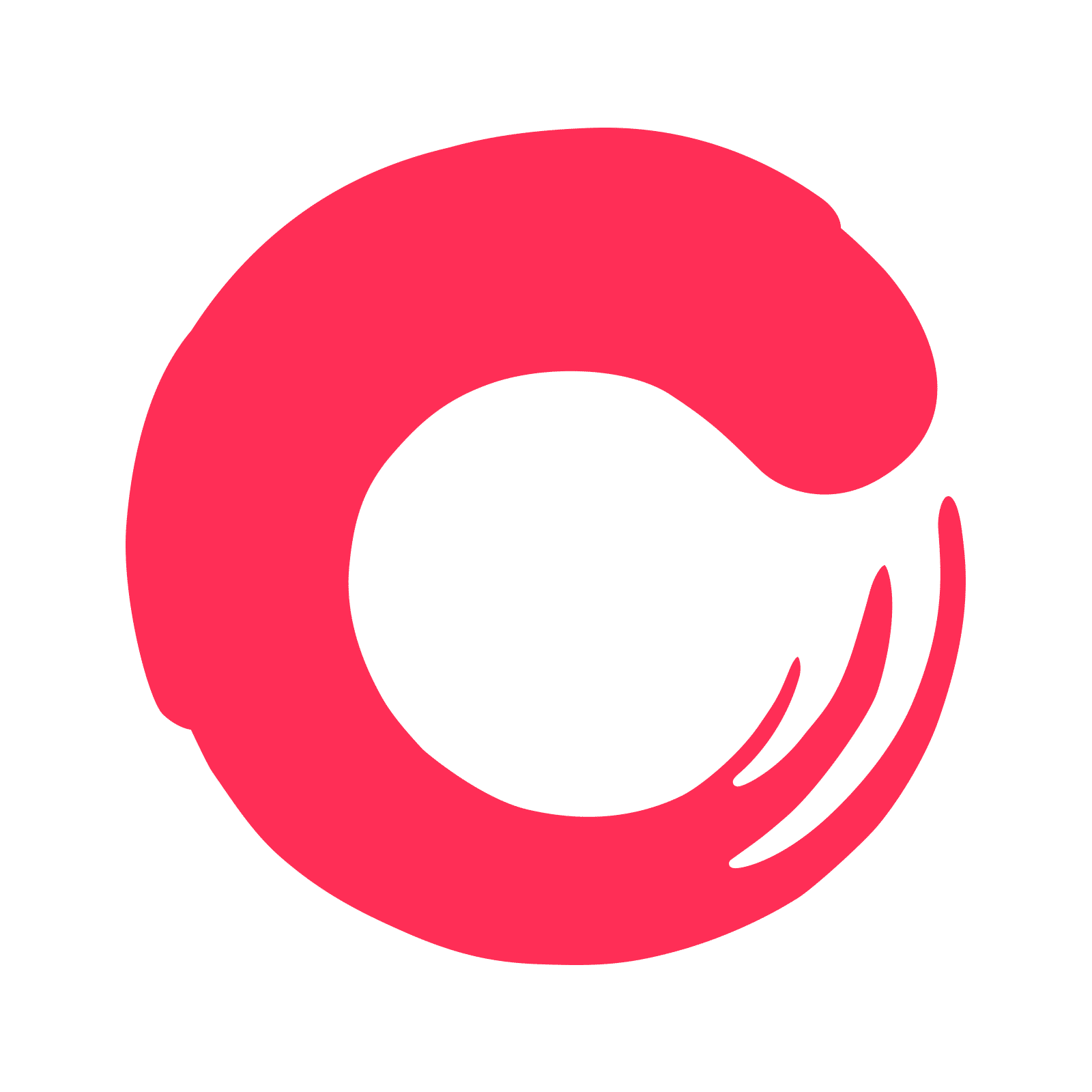

London, Berlin, Sydney, Melbourne, Los Angeles, and Washington D.C. We realized it was a huge untapped market.

We never realized how many leads were coming through Toronto especially. We looked through the leads in the system. “Toronto and Vancouver each had over 100 people at their meetups. What’s been most surprising for Damon and his team has been that they’ve been most successful in a few markets they had never tapped before.
#Culture amp nyc free
All of the events are free for members to ensure that they don’t miss out on serving a portion of their prospective attendees due to cost. Logistics are taken care of by dedicated internal team members, Nina Cioni in North America and Imogen Coles in Asia Pacific. “At the start of 2016, our CEO told us to throw out the rulebook and set us some lofty goals,” Damon says.Īs a result, they now organize and run their meetups by partnering with local community builders as well as existing clients, asking them to collaborate on content, and finding or hosting us in a local space of office.
#Culture amp nyc how to
Since Damon’s team has been charged with building this community strategy from scratch, they’ve had to think creatively about how to grow their numbers in a way that serves the business. Identifying New Sales Pipeline from Meetups
#Culture amp nyc Offline
Seeing the community’s programming visually then allows the team to see, at a glance, how their offline events play into a larger community strategy.Īs one piece of a larger community plan, the team can then assess how well they’re able to work toward their ambitious community goal with each type of content and programming. Culture x Design Unconference events (March and November 2015, July 2016).This pie chart would depict a community with equal members in each segment.Īll of the community initiatives, then, serve one larger content and programming plan, which includes: Sample community pie chart: each segment of the pie chart would contribute to a whole. 7,” he jokes), it does give him the visual aid he needs to create a comprehensive community program. While he admits this isn’t foolproof in terms of measuring the number of active or engaged members (“you have to multiply each number by. Then some people are in the circle for the whole journey.” The segments are the online and offline touchpoints, and anyone who is interested in being a People Geek is able to be part of the community in any segment. It’s the community team’s job to fill each pie segment with numbers.
#Culture amp nyc full
Specifically, he looks at community programming as a pie chart: “I see it as a full circle. Damon does his work differently to ensure that their offline events tie back to their overall goal of sparking the People Geek movement. When you’re building a community from scratch, it’s easy to experiment endlessly without locking down any long-term plan of action. Damon Klotz speaking with a People Geek at an SF Geekup event Designing the Whole Community Experience

In this interview, Damon shares with us how Culture Amp has impacted the business with their community meetups (and other programming) and how they plan to keep tying community back to their business growth. And that’s why they’ve spent the time to figure out how to map their community work back into customer growth processes. “We are trying to grow the community in an authentic and on brand way, but it does have to tie back into how the business is growing,” he explains. The People Geekups have been an especially impressive act of community-based brand building, but – even more impressive – they are actually able to intertwine their offline community programs back to real business growth. They’ve built their newsletter mailing list to 35,000 subscribers, expanded their external Slack community to over 1,000 members, grown their social reach to 36,000, and have registered over 6,000 people to their People Geekup events. This year alone, Culture Amp has made huge strides toward their goal. The Culture Amp team is responsible for coining this new term that has since taken off, and he works daily to cement the identity for their community members so they can spread the term far and wide. If you’ve never heard of the term “People Geeks” before, that’s about to change. The ambitious goal he is tasked with as the head of this community? He’s on a mission to create a global movement of 100,000 People Geeks, people just like him and the employees of Culture Amp. Sounds like a dream job for a community builder. As the Head of Community for Culture Amp, Damon Klotz has been named the “ People Geek for the people geeks.” It’s his job to embrace his passion for HR and digital strategy and to gather other like-minded people around him to strengthen Culture Amp’s business.


 0 kommentar(er)
0 kommentar(er)
